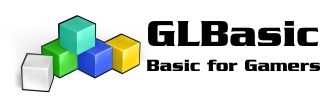Quote from: Dark Schneider on 2011-Jan-16Besides, many of the more important games on iPhone (Angry Birds) runs at 30 FPS and people is not "angry" for that.I lol'd

BTW, the very small tilesize was just for fun.
Well then, I think I get it. I guess this topic is solved, thanks for the answers !




